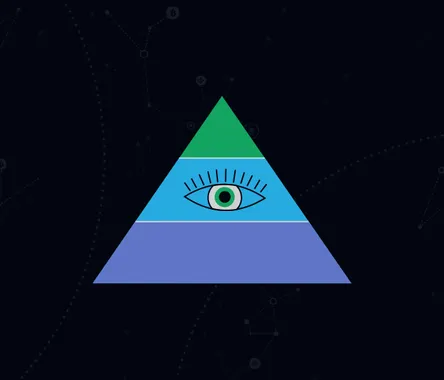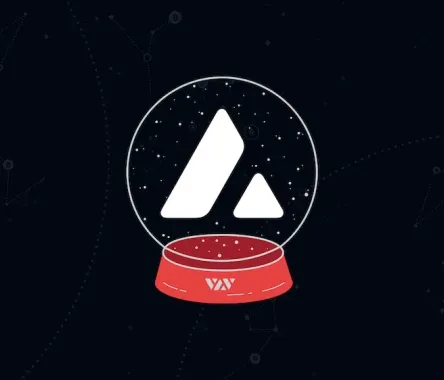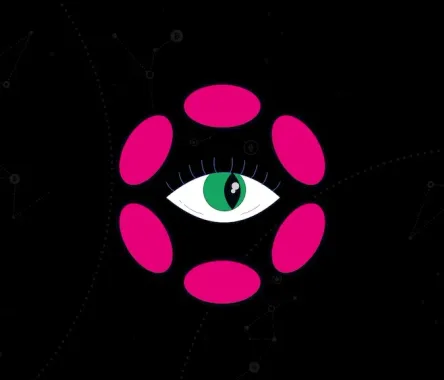Exploring Internet Computer: Decentralization of the Web
aug 22
Centralization Challenges in the Digital World
The current structure of the Internet relies heavily on centralized data centers owned by a few major corporations. This centralization poses a number of risks and limitations, including data privacy concerns and vulnerability to targeted attacks. Internet Computer emerges as an alternative, offering a decentralized solution to the challenges posed by traditional cloud service providers.
The Architecture of Internet Computer
Internet Computer aims to establish a secure, efficient, and scalable network that can host a variety of applications, from financial services to social networks. The architecture is built on several core components:
- Data Centers: Unlike traditional centralized systems, Internet Computer employs globally distributed data centers to ensure decentralized governance.
- Replica Nodes: These are the functional units within the data centers that facilitate the operations of the network.
- Canisters: These are advanced smart contract counterparts with self-computational capabilities. They are hosted on the replica nodes and can be written in a language specifically developed for Internet Computer, known as Motoko.
The Evolution from Smart Contracts to Canisters
Traditional smart contracts have been instrumental in blockchain technology, but canisters on the Internet Computer take this a step further. Canisters possess the ability to process their own transactions and are not limited to Motoko; they can also be developed using popular programming languages like Rust, C, and C++.
Transaction Processing and Consensus
In the Internet Computer ecosystem, transactions are referred to as messages. Replica nodes process these messages into blocks to form the blockchain. The Internet Computer Protocol (ICP) is employed for communication between replicas.
Scalability through Subnets
Scalability remains a significant challenge in blockchain networks. Internet Computer addresses this through the use of subnets, which are smaller groups of nodes. Each subnet is responsible for producing and validating its own blockchain, which enables the network to efficiently scale as needed.
Consensus Mechanism
The network utilizes a unique consensus algorithm that involves four main steps:
- Block Making: During this phase, various replicas propose new blocks to be included in the blockchain.
- Notarization: The proposed blocks are then validated during this stage.
- Finalization: Here, a consensus is reached among replicas to include the validated block in the network.
- Signature Shares: Notarization and finalization shares are generated swiftly to facilitate quick agreement on the blocks.
Security Features and Chain Key Cryptography
Security is of utmost importance in any blockchain network. Internet Computer employs an innovative technology known as Chain Key Cryptography, allowing for a high level of security. This technology enables each subnet to possess a single public key while the corresponding private key is distributed in shares among all the replicas.
Governance via Network Nervous System (NNS)
The Network Nervous System (NNS) is responsible for key generation, overseeing governance processes, and managing token distribution within the network. It acts as the central system that administers various functions across Internet Computer.
Summing Up
Internet Computer offers a revolutionary approach to decentralizing the internet. By leveraging advanced technologies such as canisters and Chain Key Cryptography, it aims to create a more secure, efficient, and scalable digital ecosystem.
For those interested in a detailed explanation of these components and processes, the full video explainer is available for further insights.





